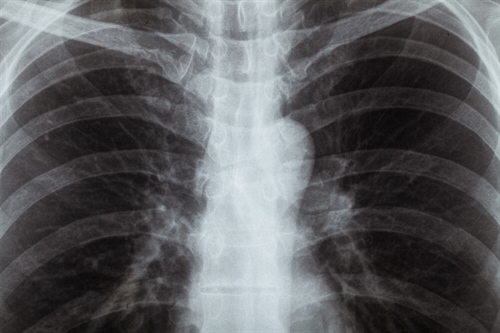What Is Bronchiectasis?
Bronchiectasis (brong-kee-ECK-tah-sis) is a rare lung condition that often occurs in infants and older children; adults can get bronchiectasis in some cases. Without any related complications, bronchiectasis isn’t considered serious, but it can become a lifestyle issue when other health problems are present. Bronchiectasis does not have a cure and can inhibit a normal lifestyle without the proper treatment.
In bronchiectasis, bronchial tubes will become distended and enlarged to form pockets of infection. When the walls become damaged, it will impair the lungs’ cleaning system. Tiny hairs (cilia) that line the bronchial tubes and filter germs, dust, and excess mucus are affected. When the cleaning system of the lungs is compromised, bacteria, mucus, and dust will build up. This breeds infection that is difficult to treat.
What Causes Bronchiectasis?
Bronchiectasis is the result of a number of infections that cause damage to the bronchial walls and cilia. Some people may be predisposed to the health condition due to a number of inherited or congenital deficiencies, including cystic fibrosis and immunological deficiency.
In rare cases, a genetic abnormality of the cilia may make a person more susceptible to bronchiectasis. Pneumonias caused by whooping cough and childhood measles may also trigger a predisposition to the condition by breaking down the walls of the bronchial tubes to allow pockets of infection to form.
If an obstruction presses on the inner bronchial tubes or blocks the outside of the bronchial tubes, it can also trigger bronchiectasis. In children, choking on a small object like a nut that gets lodged in the windpipe may block off an air tube. If this occurs, it will injure the wall of the tube and prevent air from passing. The bronchial tube below the obstruction will balloon out and collect infection and pus.





